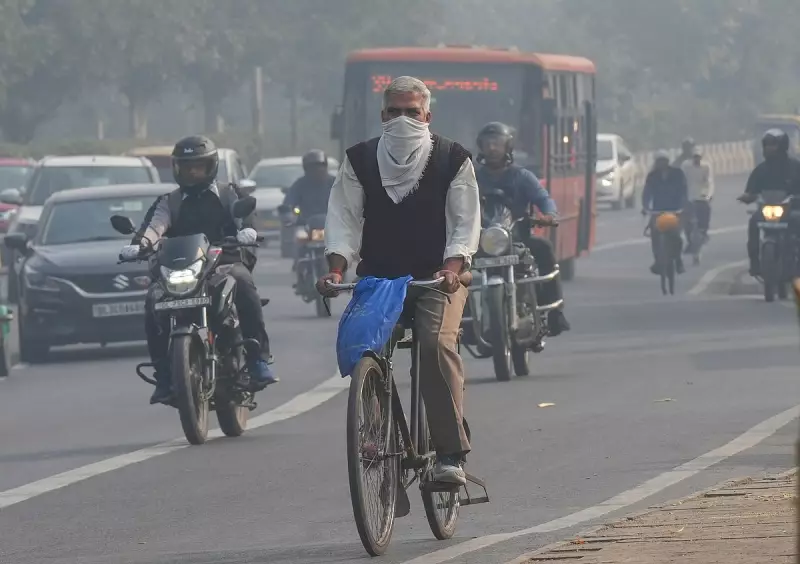
A devastating new report from The Lancet Planetary Health journal has revealed the staggering human cost of India's air pollution crisis. According to the comprehensive study, toxic air was responsible for claiming approximately 17.3 lakh Indian lives in 2022 alone, making air pollution the second-leading risk factor for death in the country.
The Silent Pandemic: Air Pollution's Deadly Toll
The research highlights that outdoor ambient particulate matter pollution accounted for a shocking 12.4 lakh deaths, while household air pollution contributed to another 4.9 lakh fatalities. These numbers represent a catastrophic public health emergency that demands immediate attention from policymakers and citizens alike.
Particulate Matter: The Invisible Killer
Fine particulate matter (PM2.5) emerged as the primary culprit, penetrating deep into lungs and entering the bloodstream to cause widespread damage. The study found that PM2.5 exposure was responsible for more than 70% of the total air pollution-related disease burden, affecting virtually every organ in the human body.
Regional Disparities and Vulnerable Populations
The impact wasn't evenly distributed across the country. Northern states, particularly those in the Indo-Gangetic plains, bore the brunt of the pollution crisis. The report also highlighted how children, elderly citizens, and individuals with pre-existing health conditions faced disproportionately higher risks from prolonged exposure to contaminated air.
Economic Consequences Beyond Health
Beyond the tragic loss of human life, the study underscores the massive economic burden of air pollution. Healthcare costs, lost productivity, and environmental damage collectively amount to billions of dollars in economic losses annually, creating a significant drag on India's development progress.
A Call for Urgent Action
The Lancet report serves as a crucial wake-up call for comprehensive policy interventions. Experts emphasize that addressing this crisis requires multi-sectoral approaches including transitioning to cleaner energy sources, improving public transportation, implementing stricter industrial regulations, and promoting sustainable agricultural practices.
As India continues its development journey, balancing economic growth with environmental protection has become not just desirable but absolutely essential for safeguarding the health and future of its 1.4 billion citizens.





